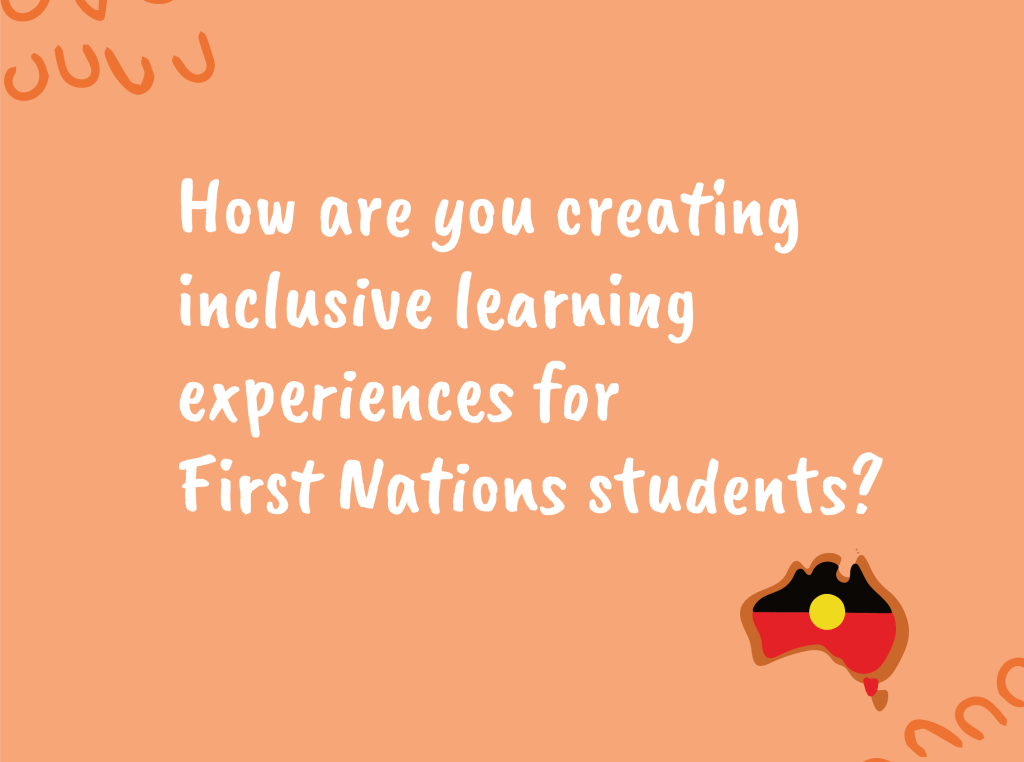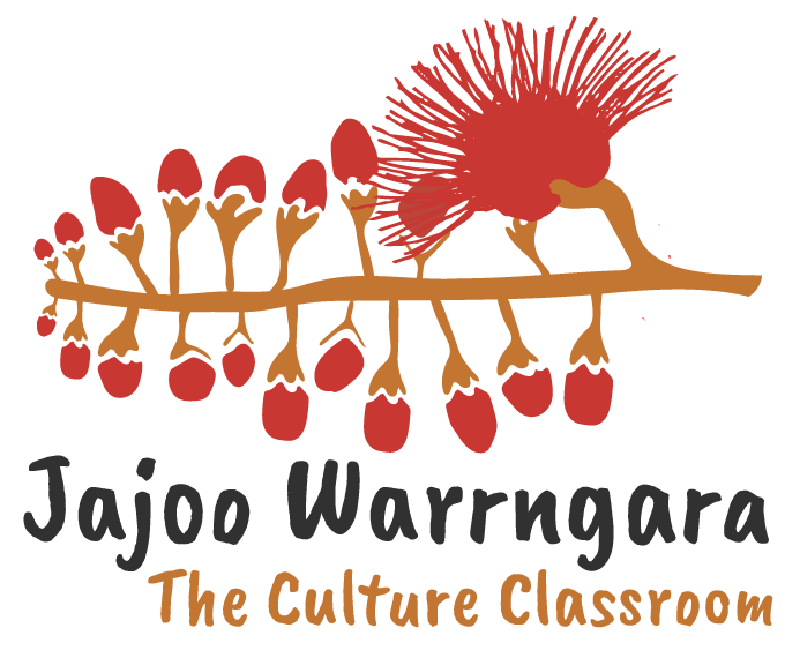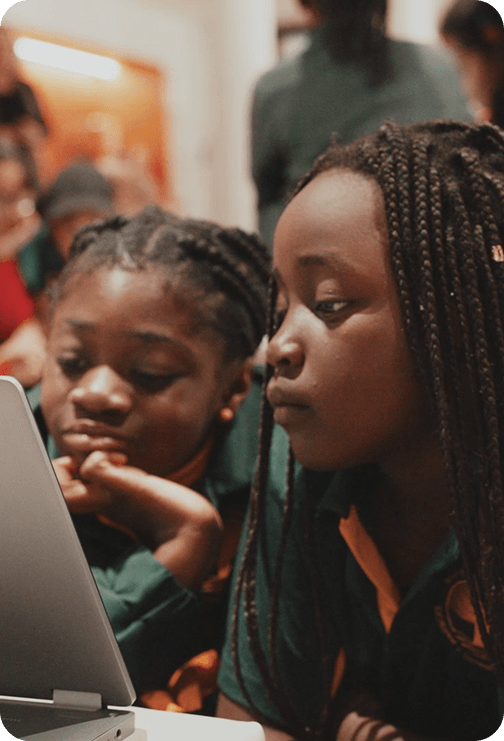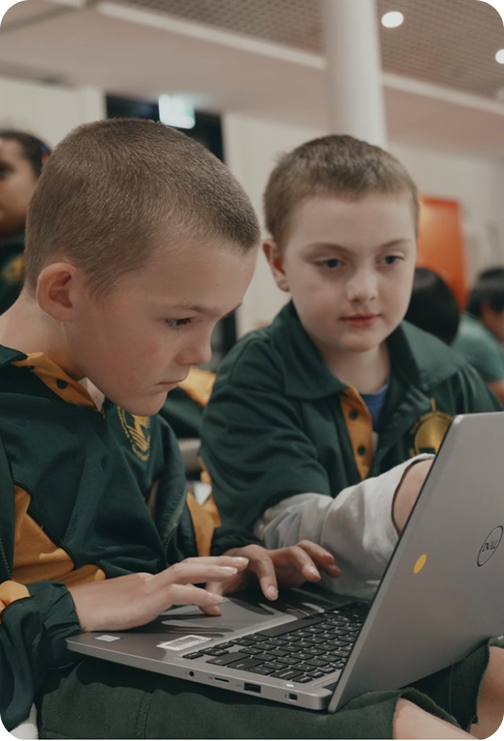How are you creating inclusive learning experiences for First Nations students?

SharingStories recently completed a case study in collaboration with the University of Queensland Critical Thinking Project and although we won’t divulge all the details here, as we are yet to release the outcomes, there were really no surprises.
As part of the Australian Curriculum all educators have an expectation that they are embedding Aboriginal and Torres Strait Islander Histories and Cultures in their teaching and learning practice. As expected, despite this being a mandated part of the Curriculum, the majority of participants stated that on average they spent less than 30 minutes a week embedding this particular Cross Curriculum Priority.
The survey also identified that when attention is given to embedding Aboriginal and Torres Strait Islander perspectives, ninety percent of participants responded that it occurred primarily during special events such as NAIDOC Week. Highlighting that for the majority, there was not a lot of authentic embedding happening on a daily basis. Sadly from my 30 years of broad experience in education, I’d have to say this is a practice reflected across many classrooms.
So what does this mean for First Nations learners? It means many students don’t see themselves reflected in their learning, they have no way of connecting to what they are learning and often have no lived experiences of the themes being taught so they struggle to contribute to discussions as active learners. Resulting in lower engagement, less understanding and lower academic achievement.
Ensuring that students see themselves reflected in their learning can help to foster diverse and inclusive learning environments. Embedding Aboriginal and Torres Strait Islander perspectives not just in curriculum, but in day-to-day practice can empower First Nations learners to contribute their own knowledge and enhance their learning through lived experiences, languages and cultures.
Schools should be a place of learning for all students! So here are six things we know contribute to inclusive learning experiences for First Nations students.
6 Tips for Creating Inclusive Learning Environments
- Creating positive and trusting teacher/student relationships. Ones where teachers know their students and actively seek ways to engage families in decision-making.
- Implementing effective teaching strategies that are responsive to the local community, linguistic background and histories of First Nations learners.
- Critically reflecting on one’s own cultural biases and positions and knowing how this impacts daily practice, curriculum and language choices.
- Becoming agents for change by valuing the schools diversity and richness of culture and reflecting this in learning environments.
- Recognising and seeking ways to ensure First Nations people’s histories, values, languages, and cultures are acknowledged and respected in your school.
- Finally, Community, Community, Community! How is the First Nations Community reflected in your school, the classroom and the learning? How have you engaged First Nations peoples to be actively involved in curriculum development and decision-making?
Inclusive and culturally responsive school environments require authentic engagement with First Nations community members. Elders and Custodians have a wealth of knowledge to be shared about Country and culture. Not only will engaging the community empower schools to create rich and meaningful learning experiences for all students but will also create inclusive environments where First Nations students have a profound sense of belonging and an increased opportunity to learn based on their own lived experiences.







